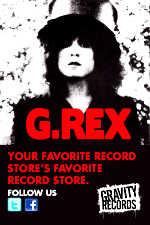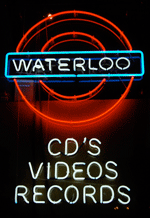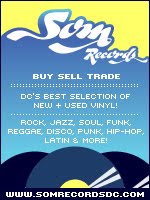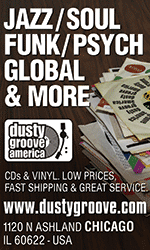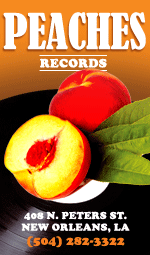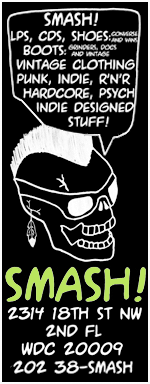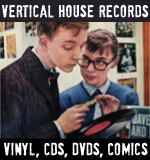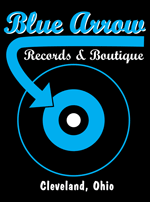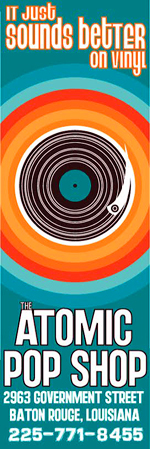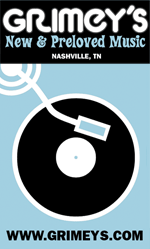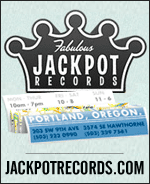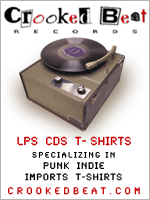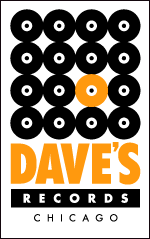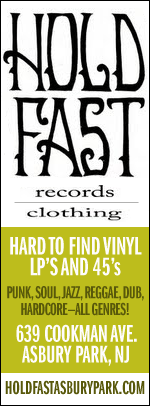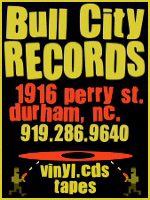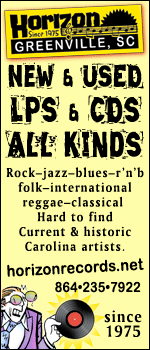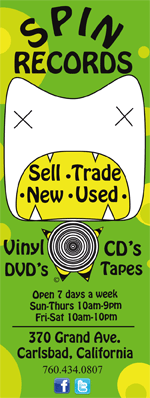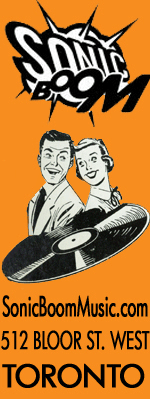
Justin Furstenfeld is anything but ordinary. At an incredibly young age he realized he was different from others his age and possessed a unique artistic sensibility that most around him failed to appreciate. Over the years, this once-in-a-lifetime talent became one of the most prolific songwriters of our generation. However, Furstenfeld’s journey was never easy. He battled a constant stream of anxiety, depression, and a host of addictions that chipped away at him.
Now, clean and sober for almost 8 full years, Justin has reimagined his life and lives it to its fullest with the support of his loving wife, family, and lifelong friends. Although he has not fully won the war from within, it now appears much more manageable, and Furstenfeld has been able to channel the remaining fury into transcendent storytelling that has offered hope and inspiration to countless Blue October fans all around the world.
Let’s get going, Justin—how did you get your start in music?
I would have to say it was when I was five years old. I saw a movie called Empire of the Sun. Christian Bale was the kid, and he walked around, and he sang. It was this crazy high voice thing. And I was out in my front yard, and I remember I was five or six, and I was just belting out this high-pitched opera, right? And the mailman kept coming by, and neighbors kept coming by, and they were just like, “Wow.” And everybody kept telling me, “One day, we’re going to see you on TV, and one day we’re going to hear you on the radio.” And I was like, “Whatever.”
But I was always enamored by music. I heard Roy Orbison’s “Crying” for the first time when I was six—I just started bawling because I didn’t even know what it was about, but it just made me cry. It’s just a powerful song. And then, at age 10, I got into The Cure and The Smiths…heavy. And at age 10, getting into The Cure and The Smiths is so fucking sad, right? And, every time I’d hear a song, I’d be like, “Wow, I don’t know why they wrote that. I could do better than that.” I was really competitive, and it just became this hobby. Wherever I went, I was always writing songs.
I remember from the youngest of ages, from second grade on, I was just always writing songs. And, I remember hearing the Pixies and going, “That shit is so simple, but it’s so cool,” and being like, “Wow, if they can do it like that, holy crap.” And I just have always been obsessed with making up melodies with emotion because I truly believed that the two things that keep people going were smell and sound. I have always been a sensory guy, so I’ve always created. And I’ve gone through everything—I loved hairbands, I loved rock, I loved George Winston, I loved classical. As long as it was sad, I fucking loved it. And that is how I started.
What was it like for you the first time you performed on stage?
It was truly cool. I remember I was in second grade, and we were supposed to write a poem about something that makes us happy. And I went home, and I wrote a song instead of a poem just because I had to win. And I came back the next day, and they liked it so much that they told me at lunch that I was going to sing it in front of the whole school. And I was so nervous… I was like, “Are you kidding me?”
And I remember I got up on stage—and it was something that I had written—it wasn’t just like singing, “Jingle bells, jingle bells.” And I got up, and freaking sang, and I just remember everybody in the school stopping and looking, and really paying attention, and liking it. And I just thought, how cool is that? Something that I wrote last night that I really loved just affected them all and made them smile. It was just a cool moment in my life.
























